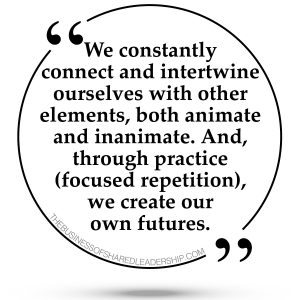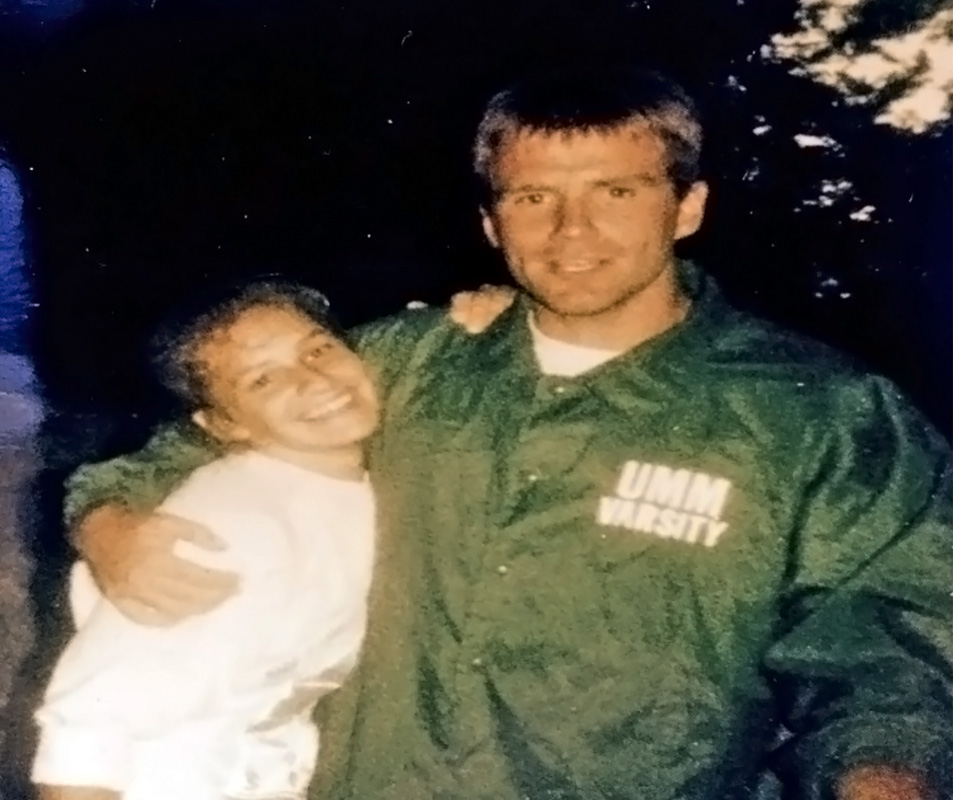“If you want to be a champion you’ve got to feel like one, you’ve got to look like one, you’ve got to act like one.”
—Red Auerbach
John Kohtala was the best jump shooter I ever met. If he could get his right elbow above your left defensive hand, he was going to shoot, and it was, most likely, going to go in.
He was also, for me, the essence of what basketball was all about in the 1980s. Everybody who played basketball in Maine in those days knew, or knew of, John Kohtala. He grew up on a modest family blueberry farm in Vienna, southeast of Farmington. He went to Mt. Blue High School, where he led the state in scoring his senior year, and then played at Maine Central Institute prep school, University of Maine at Farmington, and University of Maine at Machias.
I remember watching him play at the Portland Expo in a National Association of Intercollegiate Athletics regional championship game. The arena, which then included traditional wooden bleachers, was sold out. I was standing in a corner near the baseline the entire game, knowing exactly what he was going to do each time he touched the ball. I predicted his shots before anyone on the other team knew what was coming.
Swish.
Swish.
Swish.
 How did I know what he was going to do before anyone else, except perhaps his brother Ed?
How did I know what he was going to do before anyone else, except perhaps his brother Ed?
Because by then I had played with and against him more than five hundred times. In addition, I had shot jump shots with him (just the two of us) perhaps an additional five hundred times.
Where did one thousand basketball experiences with a single player occur?
Mostly at Hoop Basketball Camp on Pleasant Lake in Casco, where John and I worked together for eight summers during college, and then as coaches beyond that. I would often lovingly tease John that no one worked at Hoop Camp longer than he did because no one took longer to get through college than he did. (Not because he wasn’t super smart—he was—he just took his time and enjoyed it!)
Anyway, John was not only the best jump shooter I ever saw, but he was also the hardest-working preparer I ever saw. I practiced a lot, but I never saw anyone practice more, or harder, than John.
In those days you practiced by yourself. Today, in the age of the Amateur Athletic Union and travel leagues, that’s a foreign concept, but back then you practiced by yourself or with perhaps one partner. It was just you, a hoop, and a ball. No one watching. No one coaching. No one correcting. No one cheering. Just you, alone, practicing. And no one did it more consistently than John.
***
I could go on and on about John, but here’s the point in the context of seeing the oneness that surrounds, connects, unites, and differentiates us all: The very concept of practice is human evidence of oneness.
How do you become world-class at shooting a jump shot, playing a violin, flying a fighter jet, guiding elk hunts, performing ballet, engaging in forestry, or tossing a Frisbee?
You practice. And then you practice some more.
What is practice?
I had done it my whole life without ever thinking about its implications with respect to the fundamental connectivity that governs the universe. Practice is synchronizing your body with other elements of the universe by virtue of your repeated interaction with those elements.
A jump shot requires intimate understanding of a leather-wrapped, air-filled ball. Your fingertips are the only points of contact. But each ball, despite the quest for consistency, has a little more or a little less air than the next—or it is newer, cleaner, or dustier than others.
Additionally, you must intuitively come to know your space on the court and how far that places you from the hoop. Each hoop is designed to be ten feet above the playing surface, but some are ever so slightly higher or lower. How tightly the rim is secured to the backboard determines how much “give” or bounce that rim will provide. I played college ball at Bowdoin, and the east-facing rim was always less forgiving than the west-facing rim. How did I know that? Thousands and thousands of shots at both rims.
Practice brings the one who does it into alignment with elements of nature beyond your own body. You synchronize with them over time through repetition and focus. You become one with the ball, the court, and the hoop.
This is how the world works. We constantly connect and intertwine ourselves with other elements, both animate and inanimate. And, through practice (focused repetition), we create our own futures.
John Kohtala, coming from a rural blueberry farm, created a future in which he was the best jump shooter in the State of Maine.
How did he create that future?
First came a mental (conscious) choice to dedicate himself. Then came practice.
Practice accentuates oneness.
***
John has since crossed over to what the Sioux refer to as the “world that lives beside this one,” but thanks to the oneness of our universe, I’m with him regularly. I see his smile, hear his voice, feel his love, and cherish his values.

***
Thank you for considering my thoughts. In return I honor yours.
Every voice matters. Nestled between our differences lies our future.